- myFICO® Forums
- Types of Credit
- Credit Cards
- Re: Difference between small payments to large pay...
- Subscribe to RSS Feed
- Mark Topic as New
- Mark Topic as Read
- Float this Topic for Current User
- Bookmark
- Subscribe
- Mute
- Printer Friendly Page
Difference between small payments to large payments
Is your credit card giving you the perks you want?
Browse credit cards from a variety of issuers to see if there's a better card for you.
- Mark as New
- Bookmark
- Subscribe
- Mute
- Subscribe to RSS Feed
- Permalink
- Report Inappropriate Content
Difference between small payments to large payments
Hey all:
I was wondering if in the eyes of the credit card companies, does one large payment to the balance vs several smaller payments to the balance look different?
For example:
you have a $10000 CL card. The statement end date is the 30th. You put $6000 on the card for the month.
Is a large payment of $6000 closer to the end of the month more favorable or multiple smaller $2000 weekly payments? When the statement reports, there is a line on the report for highest balance. I could see how ratcheting up the balance and zeroing out would look to a potential creditor vs a high balance of $2000.
I feel like I might have answered my own question, but wondering if there's a difference between the two.
Goal Cards:
Total Credit Limit: $22,000
Loans:
FICO 8 - 8/2021
EQ - 697; TU - 678; EX - 685
FICO 8 - 11/2021
EQ - 706; TU - 705; EX - 693
GOAL - End of 2021 - 700+ across FICO 8
- Mark as New
- Bookmark
- Subscribe
- Mute
- Subscribe to RSS Feed
- Permalink
- Report Inappropriate Content
Re: Difference between small payments to large payments
It depends on how old the account is and your relationship with creditor and how credit report looks. If I have access to cash I would pay once a week and reduce the out standing balance so it does prompt for AA on the account and CLD. Credit card company makes their money by how much you charge. For few months I would keep a weekly payment or biweekly payment schedule to avoid AA / CLD
- Mark as New
- Bookmark
- Subscribe
- Mute
- Subscribe to RSS Feed
- Permalink
- Report Inappropriate Content
Re: Difference between small payments to large payments
@uphill_slipnslide wrote:Hey all:
I was wondering if in the eyes of the credit card companies, does one large payment to the balance vs several smaller payments to the balance look different?
For example:
you have a $10000 CL card. The statement end date is the 30th. You put $6000 on the card for the month.
Is a large payment of $6000 closer to the end of the month more favorable or multiple smaller $2000 weekly payments? When the statement reports, there is a line on the report for highest balance. I could see how ratcheting up the balance and zeroing out would look to a potential creditor vs a high balance of $2000.
I feel like I might have answered my own question, but wondering if there's a difference between the two.
So, from a credit reporting statement, I've never seen the difference. Yes, the bureaus record that data, but I've not heard of anyone paying much attention to it, including the scoring algorithms. FICO10T will include the trended data, including high balance supposedly, but I'm *STILL* not sure it makes a difference.
The only time it supposedly makes a difference is when Amex is getting to know your pattern for the internal NSPL data, and even that is questionable... and even in those instances, they *seem* to like larger payments. At least that's what I've gathered from them.
- Mark as New
- Bookmark
- Subscribe
- Mute
- Subscribe to RSS Feed
- Permalink
- Report Inappropriate Content
Re: Difference between small payments to large payments
Last year I had a low limit CapOne secured credit card; the limit was $1,000 and well below my monthly spend. Since I figured beggars cannot be choosers, and I was just restarting my credit journey following my Chapter 13 discharge, I figured, "No problem, I'll just pay weekly." Yeah, about that, BIG problem.
- Week one I charged about $600 and paid it in full; the money was credited to my account upon receipt.
- Week two I charged about $850 and paid it in full once again; this time CapOne put the money on hold for 12 days prior to releasing it to my account, when I called they gave me some sort of a half-arsed answer about triggering Anti-Money Laundering protocols and they needed to make sure the money was real.
- Late in week three, the payment from week two cleared and I resumed usage of the card and paid in full during the fourth week; the money was credited to the account immediately.
- Week five, saw charges which put my up near my credit limit so I paid the card in full at the end of the week; they once again put the payment on hold for another 12 days.
That was enough for me, I stopped using the card, paid the final balance off during week six and once that cleared during week seven, I closed the card.
Chapter 13:
- Burned: AMEX, Chase, Citi, Wells Fargo, and South County Bank (now Bank of Southern California)
- Filed: 26-Feb-2015
- MoC: 01-Mar-2015
- 1st Payment (posted): 23-Mar-2015
- Last Payment (posted): 07-Feb-2020
- Discharged: 04-Mar-2020
- Closed: 23-Jun-2020
I categorically refuse to do AZEO!





In the proverbial sock drawer:



- Mark as New
- Bookmark
- Subscribe
- Mute
- Subscribe to RSS Feed
- Permalink
- Report Inappropriate Content
Re: Difference between small payments to large payments
@uphill_slipnslide wrote:Hey all:
I was wondering if in the eyes of the credit card companies, does one large payment to the balance vs several smaller payments to the balance look different?
For example:
you have a $10000 CL card. The statement end date is the 30th. You put $6000 on the card for the month.
Is a large payment of $6000 closer to the end of the month more favorable or multiple smaller $2000 weekly payments? When the statement reports, there is a line on the report for highest balance. I could see how ratcheting up the balance and zeroing out would look to a potential creditor vs a high balance of $2000.
I feel like I might have answered my own question, but wondering if there's a difference between the two.
With a $10,000 CL and putting $6,000 spend, I would only pay once a month. 95% of the people out there look at their credit card payment like thier utility bill, you pay when they send the invoice.
It's also probably the best way to get a CLI doing it that way. (responsible PIF every month with high spend)
The only time I would make multiple payments in a month is if your spend exceeds your CL.
- Mark as New
- Bookmark
- Subscribe
- Mute
- Subscribe to RSS Feed
- Permalink
- Report Inappropriate Content
Re: Difference between small payments to large payments
@uphill_slipnslide wrote:Hey all:
I was wondering if in the eyes of the credit card companies, does one large payment to the balance vs several smaller payments to the balance look different?
For example:
you have a $10000 CL card. The statement end date is the 30th. You put $6000 on the card for the month.
Is a large payment of $6000 closer to the end of the month more favorable or multiple smaller $2000 weekly payments? When the statement reports, there is a line on the report for highest balance. I could see how ratcheting up the balance and zeroing out would look to a potential creditor vs a high balance of $2000.
I feel like I might have answered my own question, but wondering if there's a difference between the two.
There's no difference. Do what makes you comfortable.



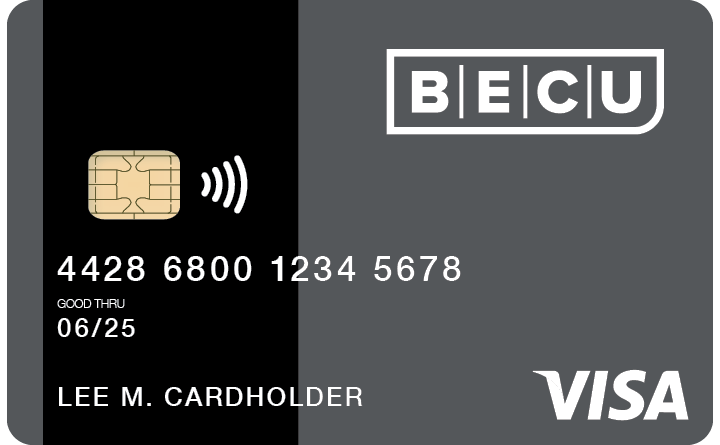







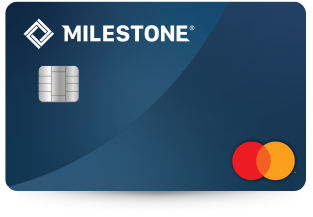
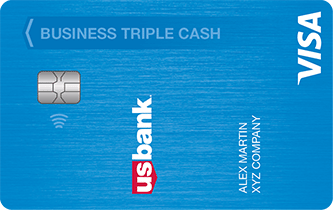

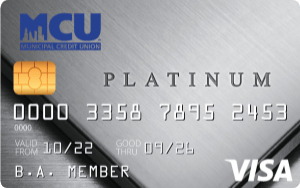


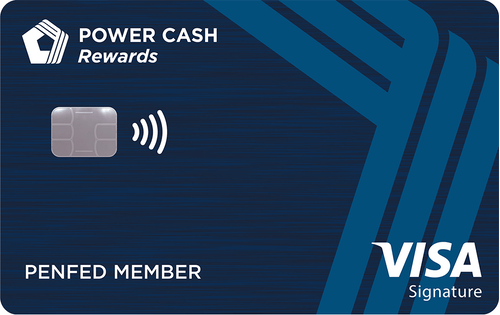


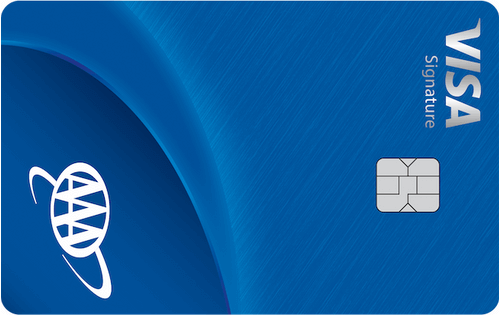

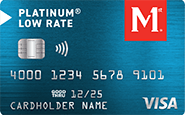
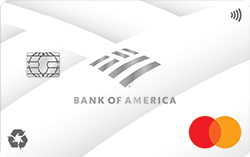


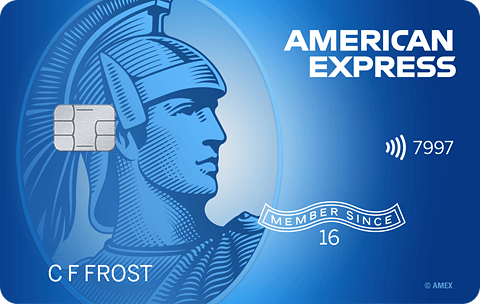
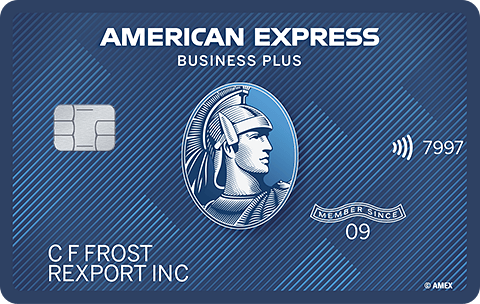



Total revolving limits 569520 (505320 reporting) FICO 8: EQ 689 TU 684 EX 682
- Mark as New
- Bookmark
- Subscribe
- Mute
- Subscribe to RSS Feed
- Permalink
- Report Inappropriate Content
Re: Difference between small payments to large payments
There are some CC companies who give out CLIs if you are consistently using 60% or more of your CL. If you are making regular payments and keeping the balance down I could imagine they may not think you need a CLI.